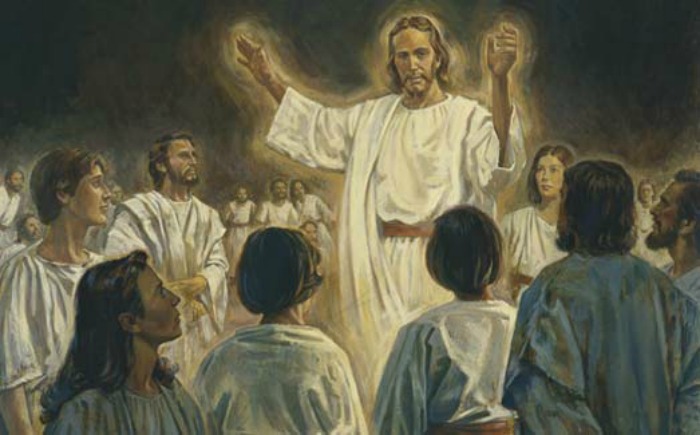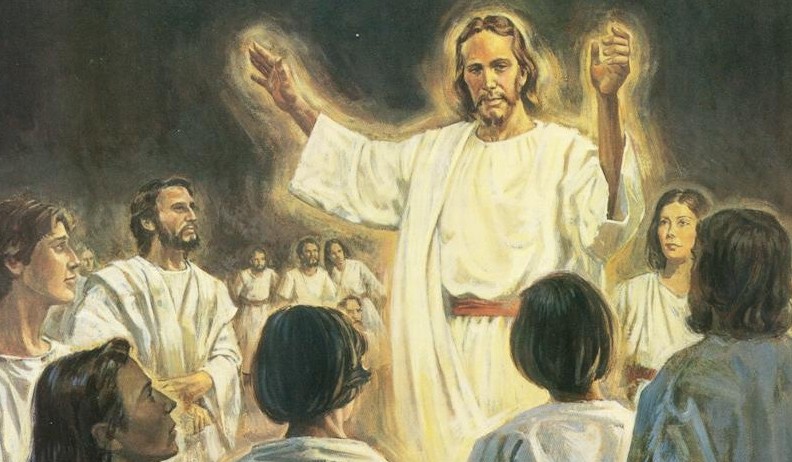Question
Gramps,
Why is it longer and harder to repent in the Spirit world without a body? I understand the concept that you are addicted to something and do not have a body to crave. Why would it take longer without a body?
Paula
Answer
Paula,
The spirit world, according to LDS theology, is divided into two main areas: paradise and spirit prison. Upon death, individuals are judged based on their choices and actions during mortal life. Those who lived righteously and accepted the gospel enter paradise, experiencing peace and joy, while those who rejected it or failed to repent enter spirit prison, where they await the opportunity to hear the gospel and change (Doctrine and Covenants 138:29-32).
According to Doctrine and Covenants 138:30-34, Christ organized messengers to preach to those in the spirit world, providing them with the opportunity to accept the gospel and repent. However, the absence of a physical body presents unique obstacles that can complicate the repentance process, as spirits must confront their sins in a different capacity.
Agency, or the ability to choose, remains a crucial principle in LDS theology. This divine gift persists in the spirit world, allowing individuals to make choices regarding their acceptance of the gospel and their willingness to repent. As noted in Alma 34:32-35, this life is the time for preparation to meet God; this principle carries over into the spirit world, where spirits retain their dispositions and past choices. However, they face heightened awareness of the consequences of these choices.
In mortality, individuals often have access to resources and support systems that help them overcome addictions. In the spirit world, however, those who struggled with such issues may find themselves confronted with their past behaviors without the ability to engage in their former habits. Consequently, overcoming emotional and psychological burdens can be particularly challenging without a physical body to anchor them (Doctrine & Covenants 138:30-34).
Mortality is viewed as a critical time for learning and growth, as it provides unique opportunities for making and keeping covenants. The ability to repent and change one’s heart is emphasized in the LDS faith. According to Alma 42:27, this life is the time to prepare to meet God; thus, the doctrines of the Church underscore that while repentance is possible in the spirit world, it is far more effective when undertaken in mortality.
Elder Jeffrey R. Holland has emphasized that repentance is not merely a one-time event but a continuous journey of growth and change. In mortality, individuals have the opportunity to learn from their mistakes and make meaningful changes in their lives. In the spirit world, while repentance is still possible, the lack of physical experiences and the presence of past temptations complicate the transformational change required.
Central to the process of repentance, both in mortality and in the spirit world, is the Atonement of Jesus Christ. As stated in Alma 34:15, it is through Christ’s Atonement that individuals can repent and find forgiveness. However, acknowledgment of the need for repentance and the active choice to change are necessary components of this process.
Repentance requires sincere acknowledgment of wrongdoing, a change of heart, and a commitment to forsake sin (Doctrine and Covenants 58:43). In the spirit world, while opportunities for learning and acceptance of the gospel exist, the transformation of character that repentance necessitates may take longer without the physical experiences that facilitate growth and understanding.
Gramps






